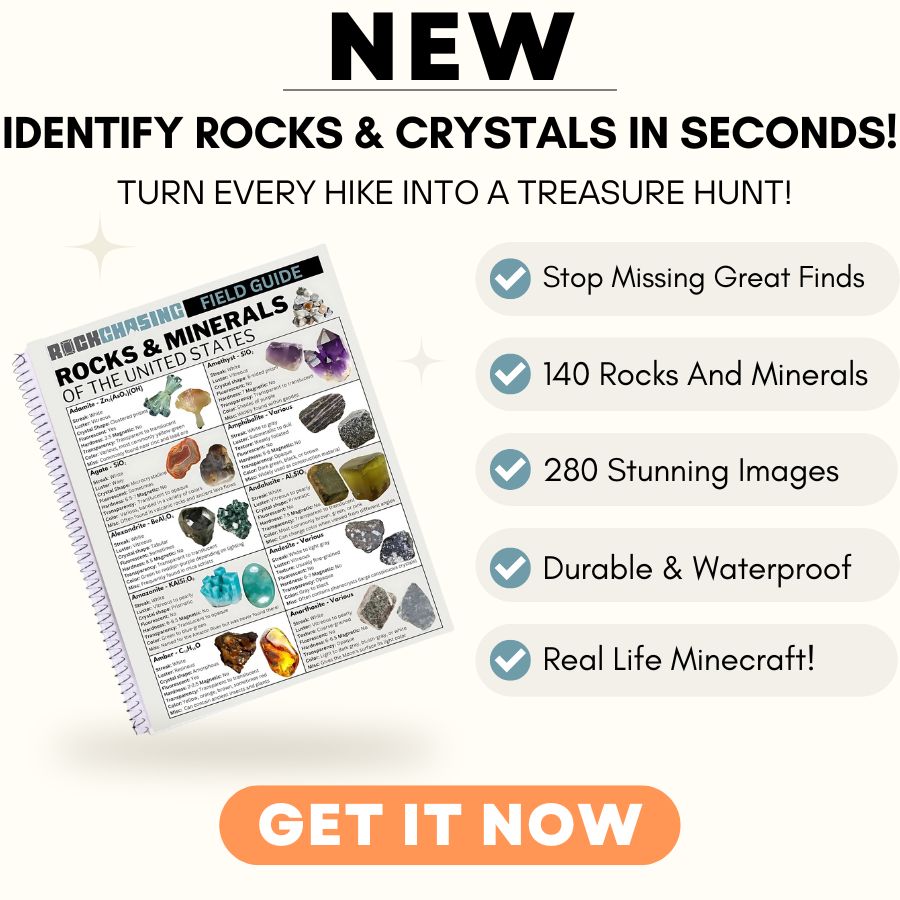Tourmaline is a beautiful gem that comes in many colors. Our state is a treasure trove for gem hunters looking for this special stone. With its varied landscapes, this area is perfect for those who love to search for beautiful rocks.
In this guide, we’ll take you on a journey through some of the best spots in our state to find tourmaline. We’ll also share some handy tips to make your hunt more successful.
Get ready to explore the natural beauty of this gem-rich region and maybe even take home a colorful tourmaline of your very own!
How Tourmaline Forms Here
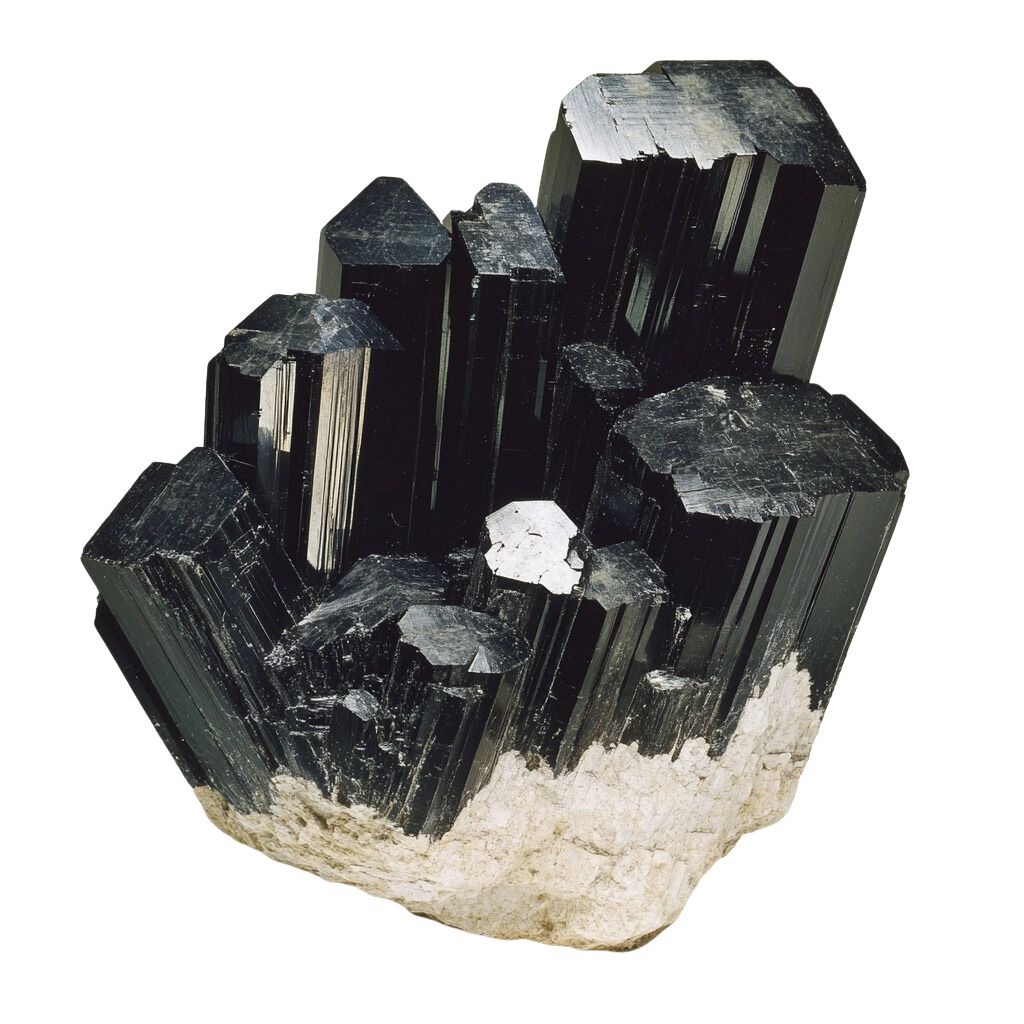
Tourmaline forms deep underground through intense heat and pressure. It originates from hot, mineral-rich fluids that move through fractures in rocks like granite and pegmatite. As these fluids cool, the minerals within them start to crystallize, forming tourmaline.
The color of tourmaline depends on the specific minerals involved, leading to a wide range of hues including pink, red, green, and blue.
Over millions of years, these crystals grow and become the beautiful, multifaceted stones we see today. Tourmaline is prized for its variety of colors and is often used in jewelry and decorative items.
The Types Of Tourmaline
Several incredible types of Tourmaline can be found in the US as well as in our state. Each is uniquely beautiful and interesting including:
Elbaite
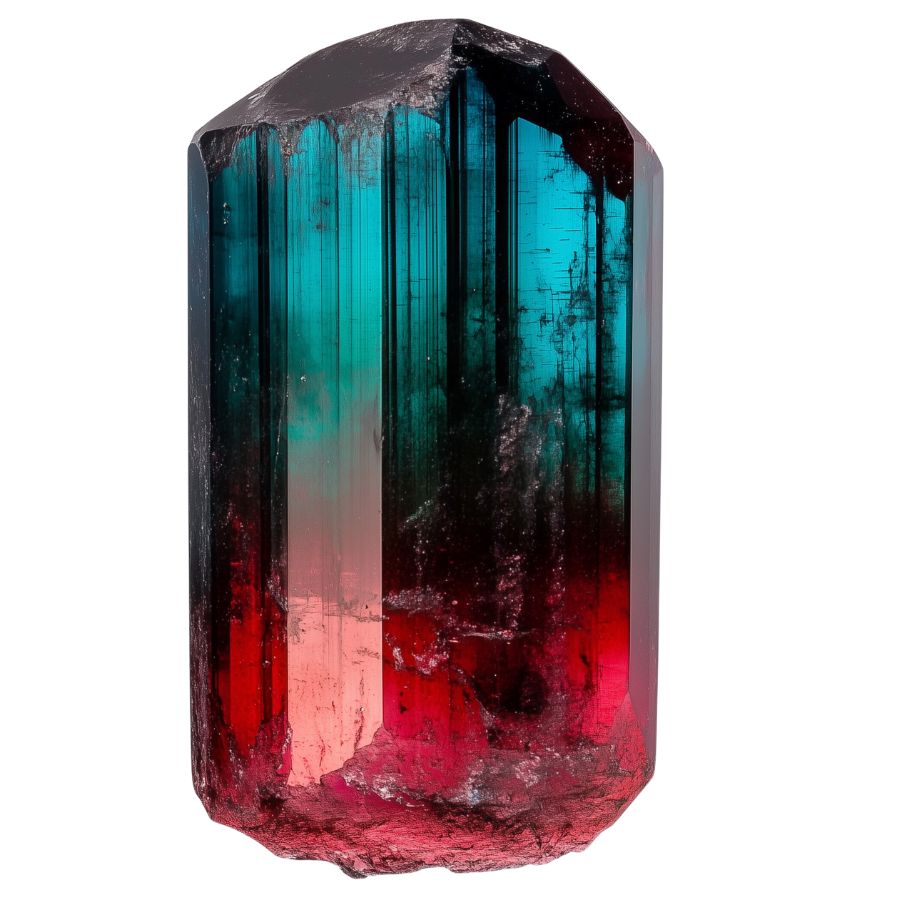
Elbaite is found in pink, red, green, blue, yellow, and even colorless forms. What makes elbaite special is its ability to show multiple colors in a single crystal, like the famous “watermelon” tourmaline with pink and green hues.
This gem stands out due to its complex chemical makeup, which includes lithium, sodium, and aluminum. This composition gives Elbaite its diverse color range and dichroism, allowing it to display different colors when viewed from different angles.
Elbaite has a unique place in history as the first tourmaline variety in which lithium was discovered back in 1818. Some rare types, like the neon blue Paraiba elbaite, are highly sought after by collectors and jewelers.
Schorl
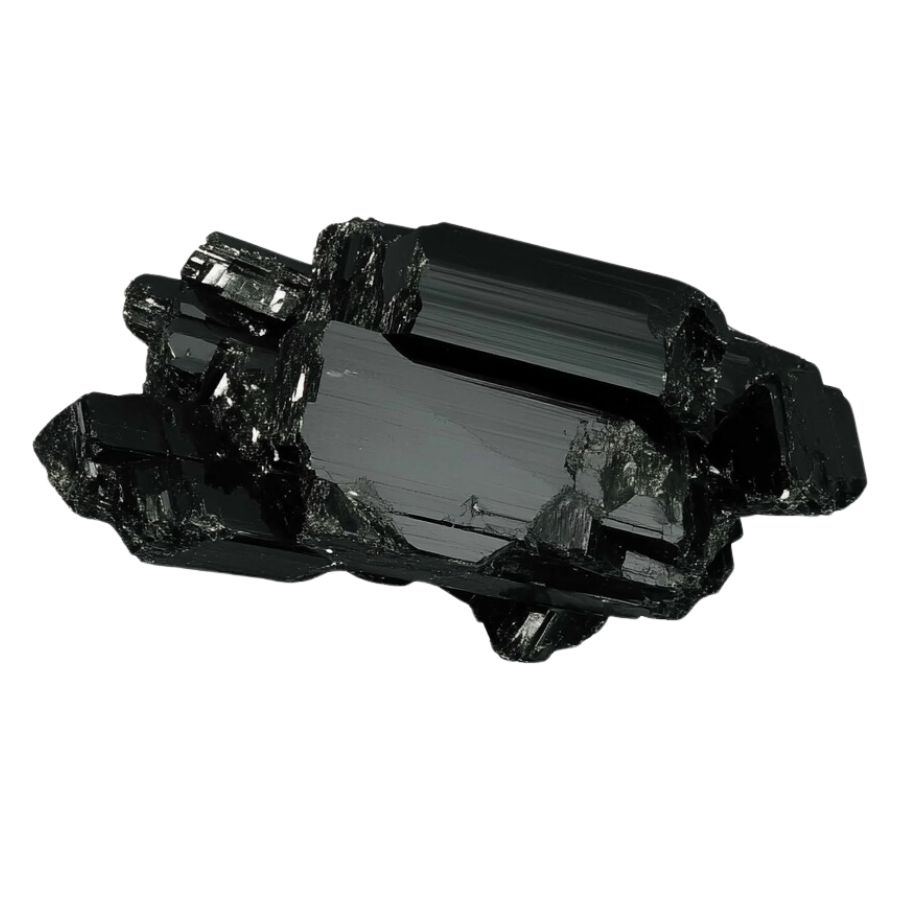
Schorl is known for its deep, rich color. It typically forms long, prismatic crystals with a shiny, glass-like surface when polished. Unlike other tourmalines, schorl gets its distinctive black color from high iron concentrations.
One of Schorl’s most fascinating features is its ability to become electrically charged through heating or rubbing. When charged, it can attract or repel small particles.
This unique electrical property makes Schorl valuable in various industries. It’s used in electronics and manufacturing to control static electricity and electromagnetic interference.
Despite being less colorful than other tourmalines, schorl’s practical applications make it an important and interesting variety.
Rubellite
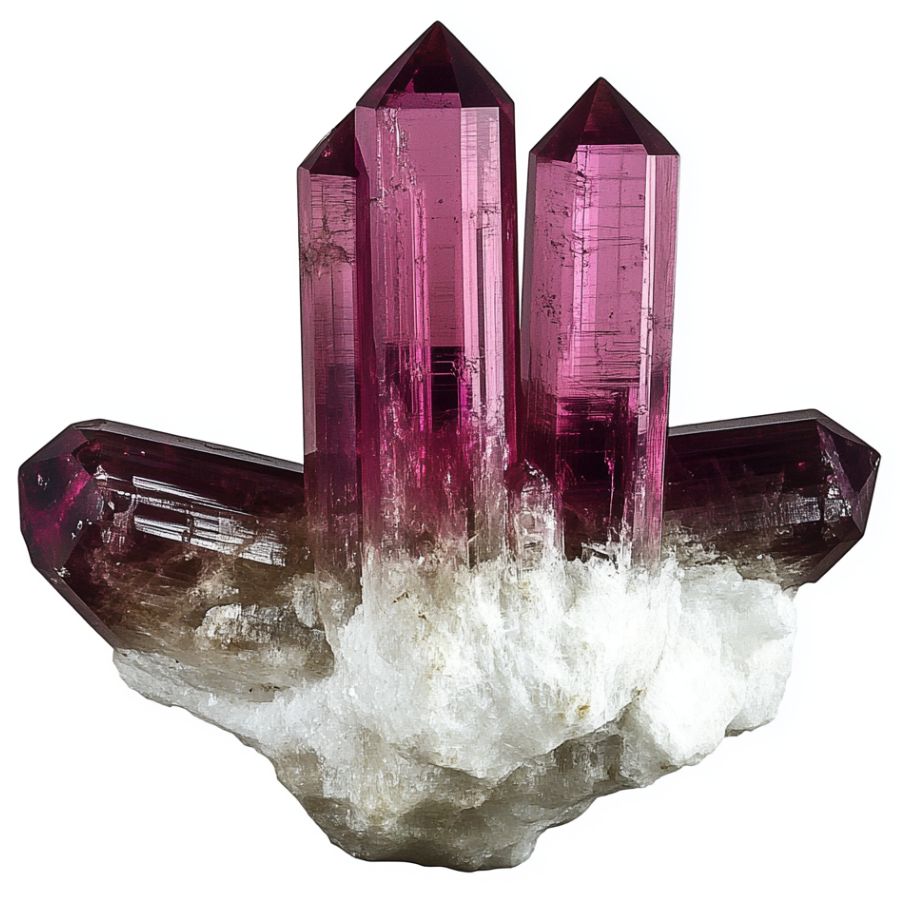
Rubellite stands out with its vibrant pink to red colors. The most prized ones show a pure, saturated red without any brown or orange hints. This beautiful color comes from manganese in its makeup.
One cool thing about rubellite is its double refraction. It can look like it has two different colors when you view it from different angles.
Dravite
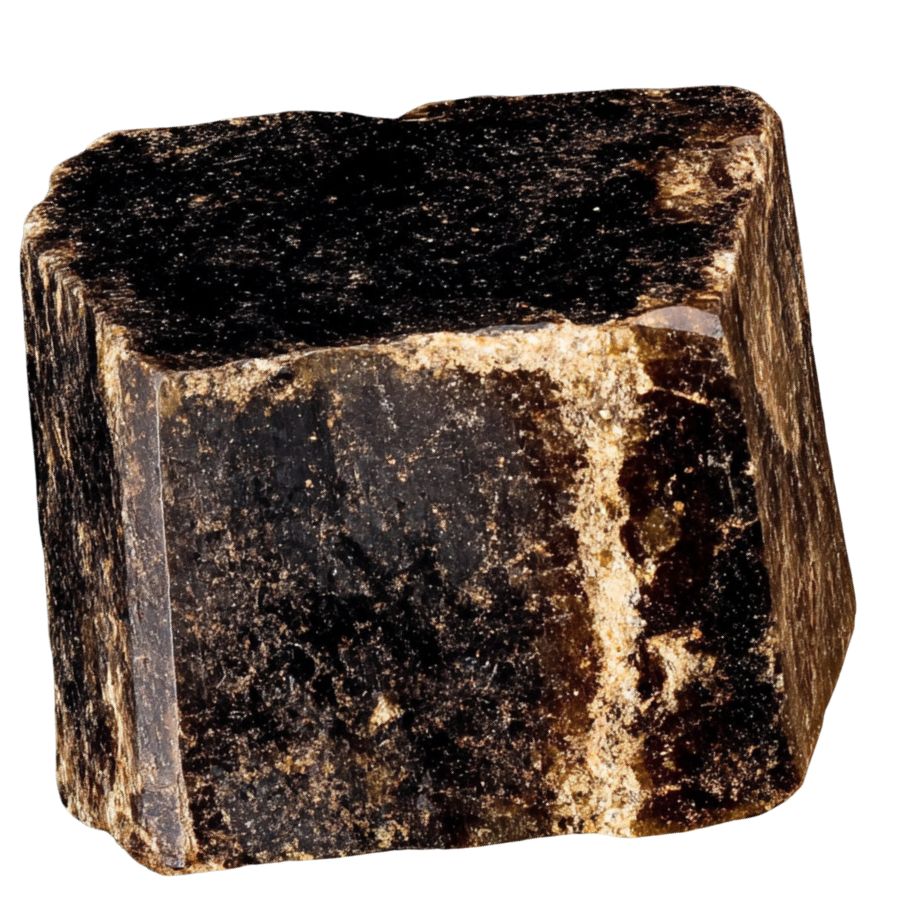
Dravite, or Brown Tourmaline, comes in shades from dark brown to light brown-yellow. It can look a bit like Smoky Quartz, with a semi-see-through quality.
Its crystals are often needle-like or prismatic, with points at both ends. This sets it apart from other tourmalines like the darker schorl or the colorful elbaite.
What makes dravite special is its rich sodium and magnesium content. This sets it apart from other tourmalines. It was first discovered in 1883 and named after the Drava River in Slovenia.
Indicolite
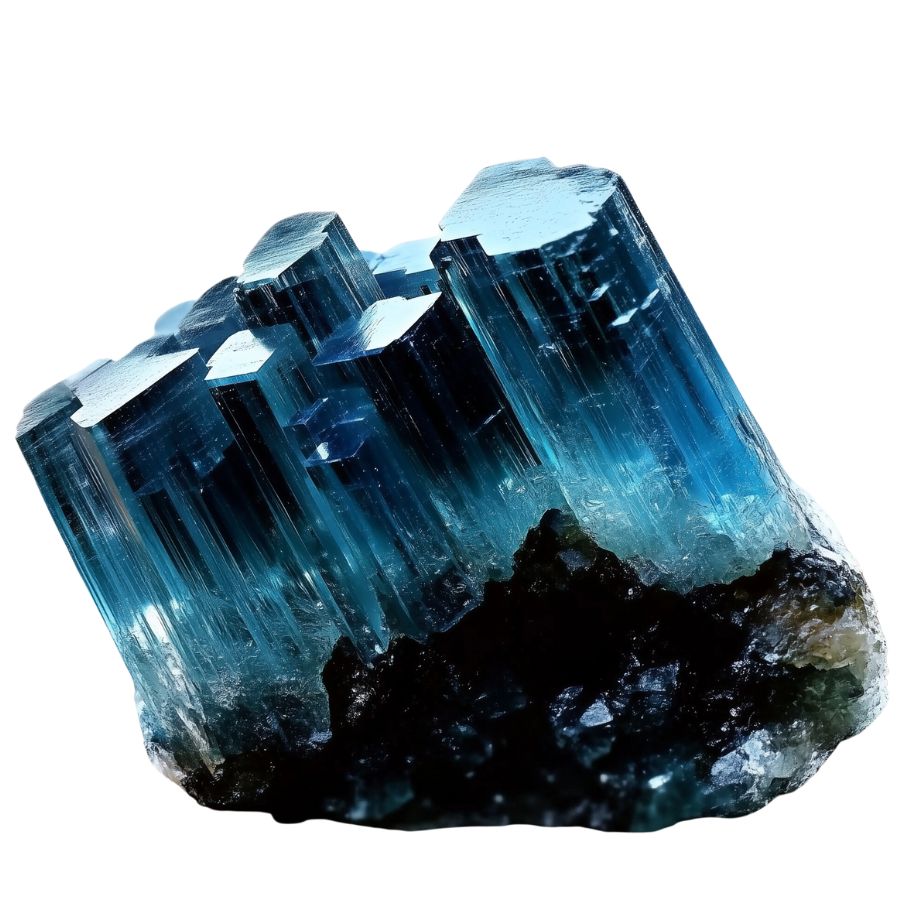
Indicolite is a rare and captivating blue to blue-green stone. It’s prized for its pure, bright blue color, which is considered the rarest within the tourmaline family. The hues can range from light blue-green to deep, rich blue, often with high clarity.
What sets Indicolite apart is its unique optical effects. It shows pleochroism, appearing to change color when viewed from different angles. Some specimens also display chatoyancy, creating a “cat’s eye” effect when cut in a certain way.
Indicolite is sometimes called “Brazilian sapphire” due to its resemblance to the precious gem. However, they’re different minerals.
The increasing demand for blue tourmalines has made indicolite highly sought-after in the gemstone market, appreciated for its beauty and rarity.
Watermelon Tourmaline
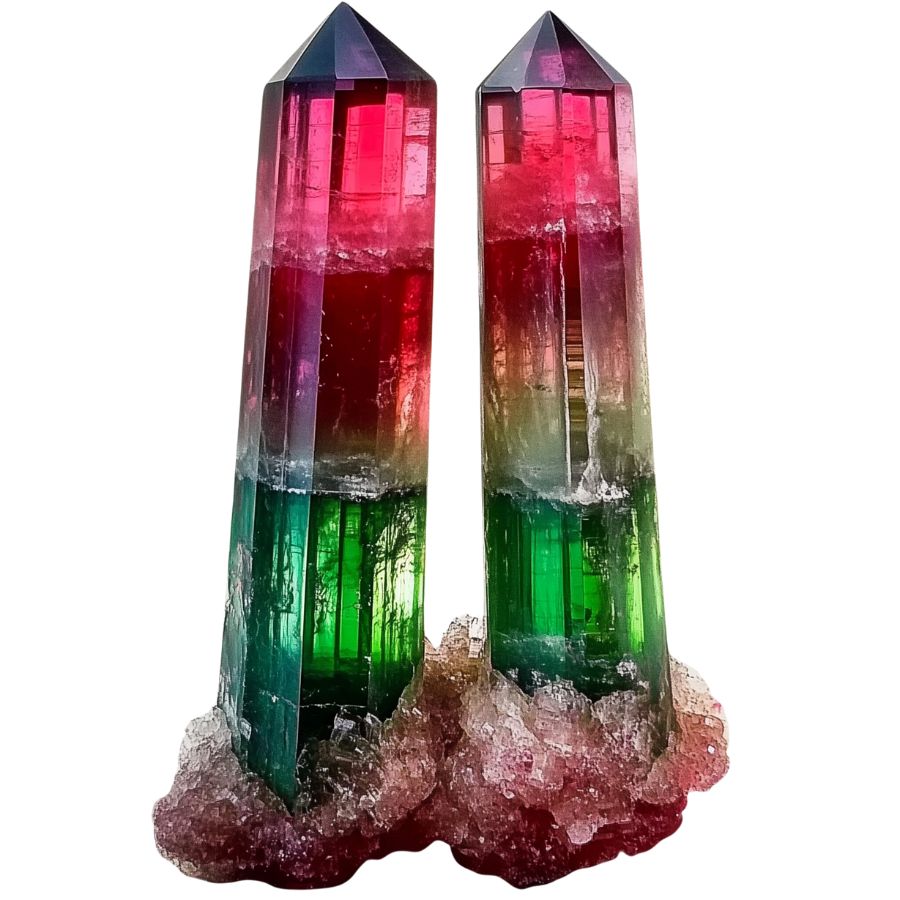
Watermelon tourmaline is truly one-of-a-kind. It looks just like a slice of watermelon, with a pink or red center and a green outer layer. This unique look happens because different elements join the crystal at different times as it grows.
These crystals often form in a rounded triangle shape. They’re see-through to somewhat clear and have a glass-like shine. When cut into slices, they really do look like little watermelons!
Cat’s Eye Tourmaline
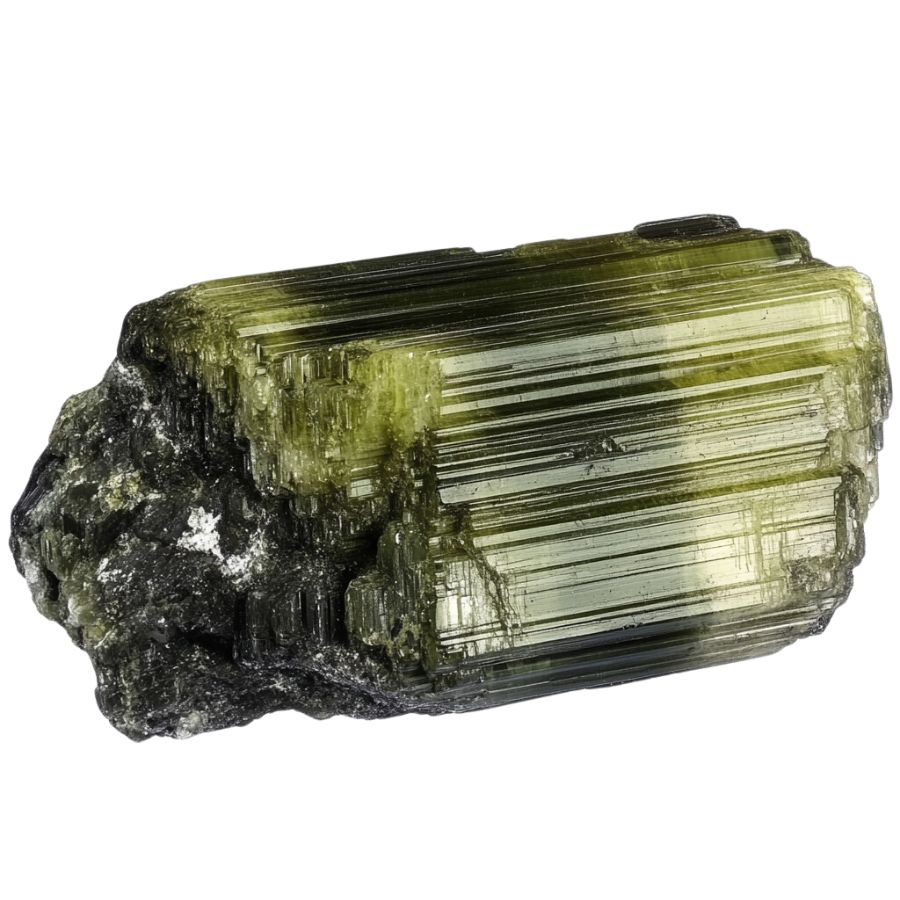
Cat’s eye tourmaline is known for its mesmerizing chatoyancy effect. This creates a bright band across the stone’s surface, resembling a cat’s eye.
This stone comes in various colors, from green to pink to brown, and is usually semi-translucent to opaque.
What makes this stone special is the perfect alignment of tiny, needle-like inclusions inside it. These scatter light in a unique way, creating that eye-catching effect. It’s quite different from other tourmalines that don’t have this feature.
Unlike other cat’s eye stones, Tourmaline offers a wider range of colors and is often more affordable.
Achroite
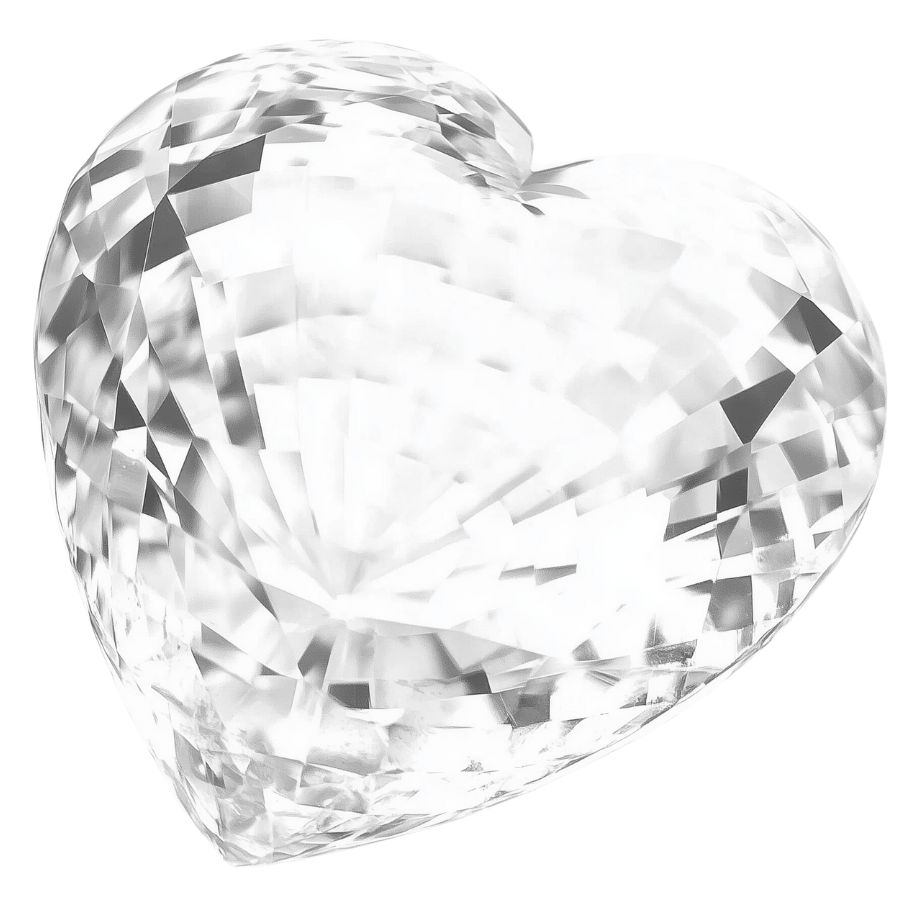
Achroite is a rare, colorless variety of tourmaline that looks like a drop of clear water turned to stone. It’s completely transparent, making it unique among tourmalines which usually have color. The name comes from Greek, meaning “without color.”
What’s special about achroite is that it doesn’t change color when viewed from different angles. It means the stone can be cut in many ways without losing its clarity.
Verdelite
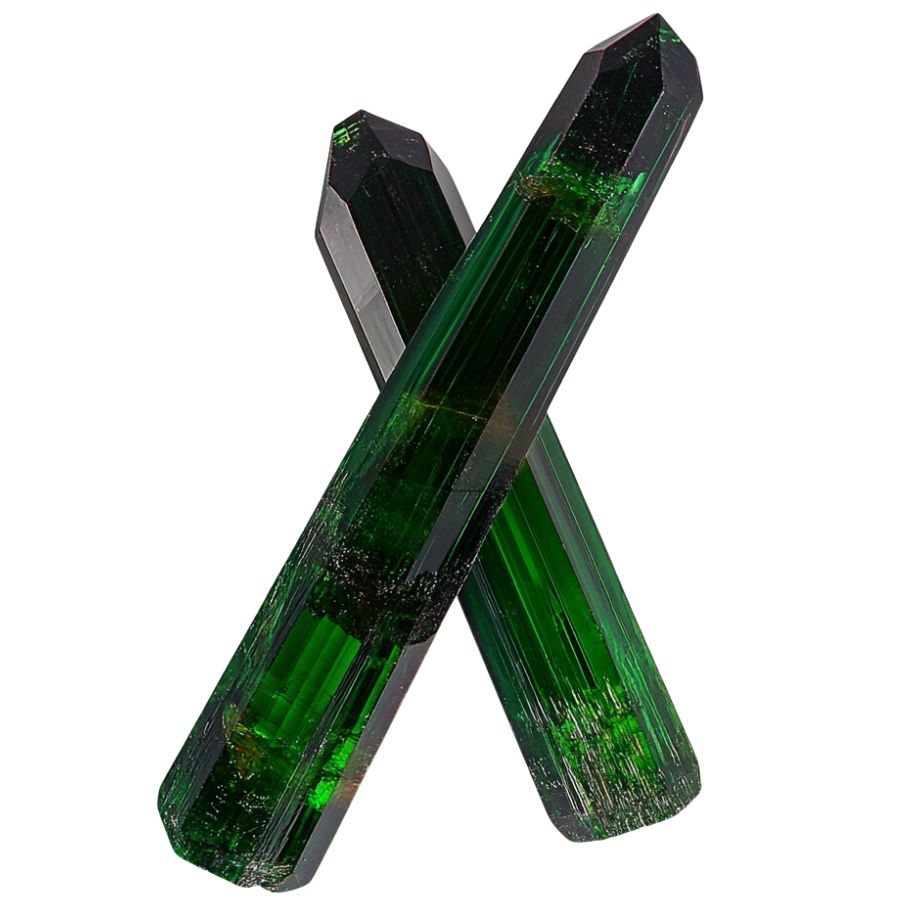
Verdelite is known for its beautiful green color. It can range from light green to deep emerald.
One thing that makes verdelite special is that you can find big, clear crystals of it. This isn’t always easy with other gemstones.
People love using verdelite in jewelry because its rich color and interesting light effects make it a popular choice for all kinds of accessories. Each piece of verdelite is like a little piece of nature you can wear.
Paraíba Tourmaline
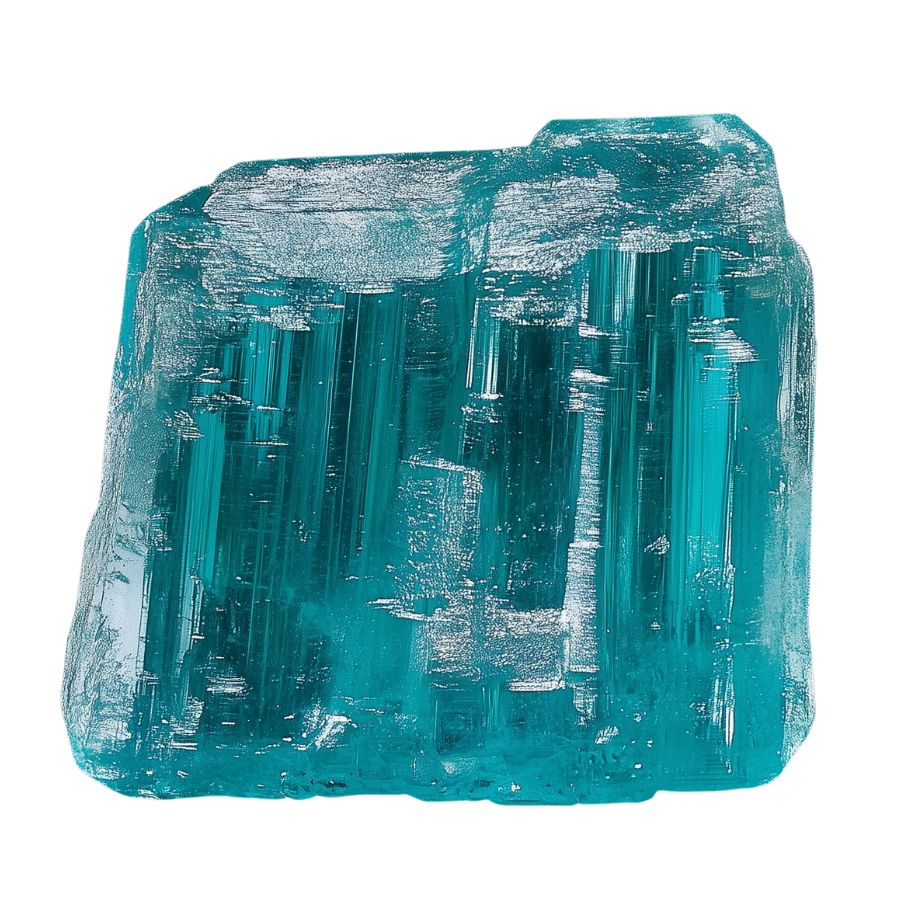
Paraíba Tourmaline is a rare gemstone that catches the eye with its vibrant neon blue or green color. It’s like no other tourmaline you’ve seen before. The intense glow comes from copper in the stone, making it stand out from its cousins.
This stone is one of the rarest. For every 10,000 diamonds mined, only one Paraíba tourmaline is found.
It was only discovered in the late 1980s, making it a newcomer in the gem world. But Paraíba tourmaline’s unique color and rarity quickly made it a favorite among gem lovers.
Its discovery caused quite a stir in the gem community. Even small stones can be valuable because of how rare and beautiful they are.
What Rough Tourmaline Looks Like
When you’re out looking for rough Tourmaline on your own it’s important to know what you’re looking for. But before we dive into specifically what to look for you need to make sure you understand the type of rocks and minerals you’re seeing.
DON'T MISS OUT ON ANY GREAT FINDS!
While you're out searching for Tourmaline you're going to find A LOT of other interesting rocks and minerals along the way. The last thing you want to do is toss out something really interesting or valuable. It can be easy to misidentify things without a little guidance.
We've put together a fantastic field guide that makes identifying 140 of the most interesting and valuable rocks and minerals you will find REALLY EASY. It's simple to use, really durable, and will allow you to identify just about any rock and mineral you come across. Make sure you bring it along on your hunt!
Now, back to the identification specifics:
Here are some tips to help you recognize rough tourmaline.
Look for Color Variations
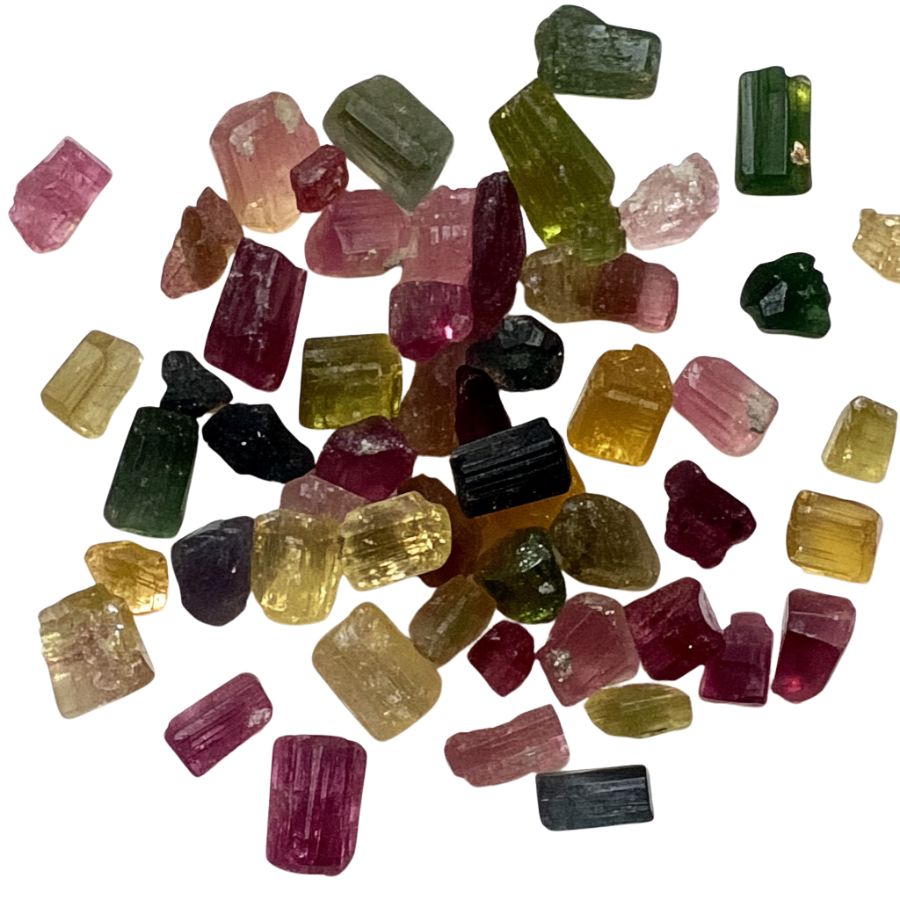
Tourmaline comes in many colors, like pink, green, blue, and even black. Some pieces have multiple colors, like watermelon tourmaline, which is pink and green.
If you see these color mixes, it’s likely tourmaline. Keep an eye out for vibrant shades.
Assess the Density and Weight
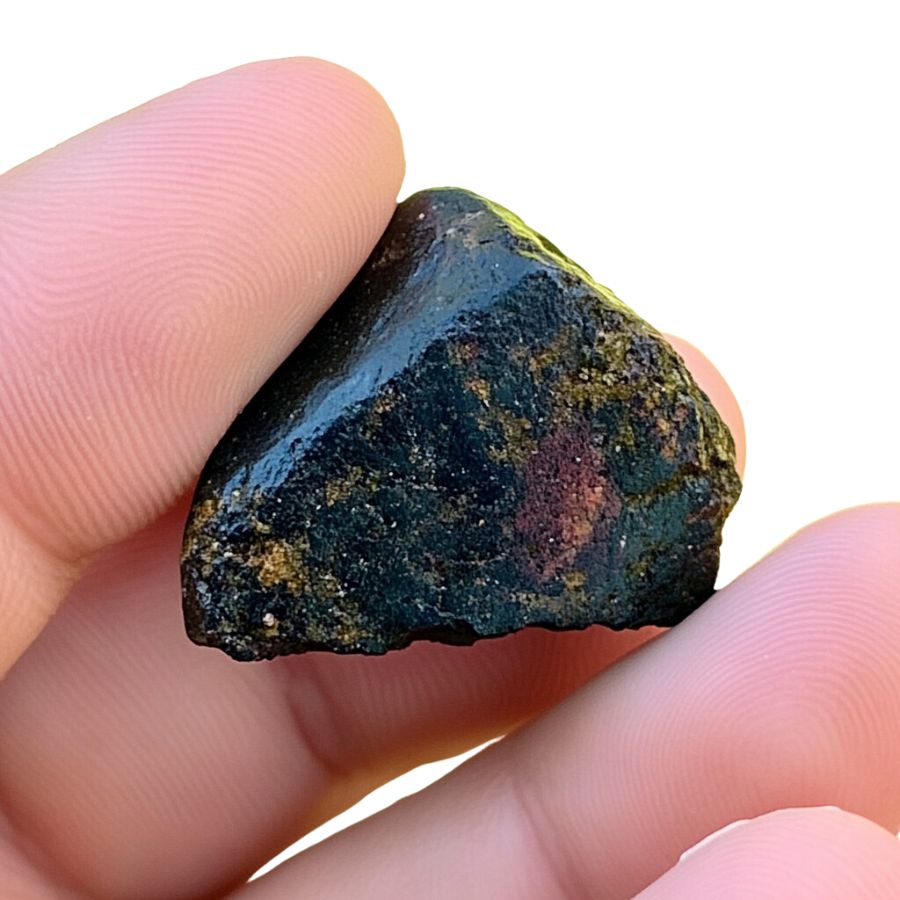
Rough tourmaline is relatively heavy for its size. If you pick up a piece and it feels denser than expected, it could be tourmaline. This weight can help you confirm your find.
Examine the Crystal Structure
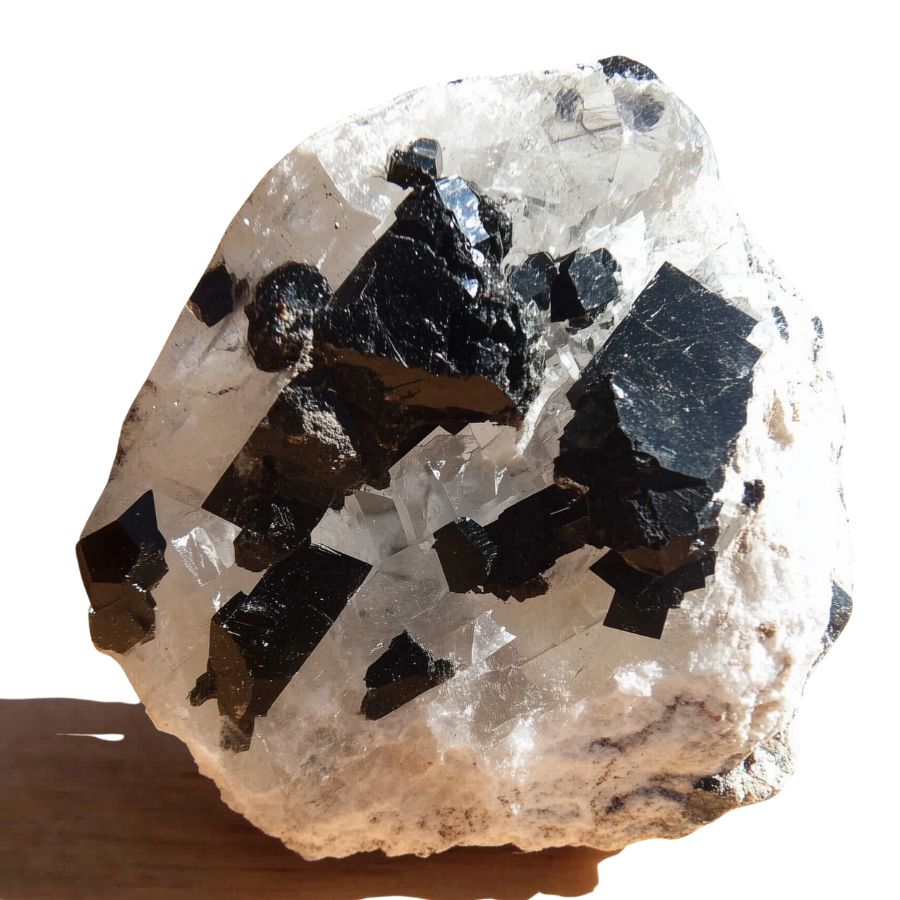
Tourmaline features distinctive crystal shapes, ranging from slender and elongated to chunky forms. Look for triangular cross-sections and striations on the surface, which indicate its unique growth patterns.
Check for Transparency
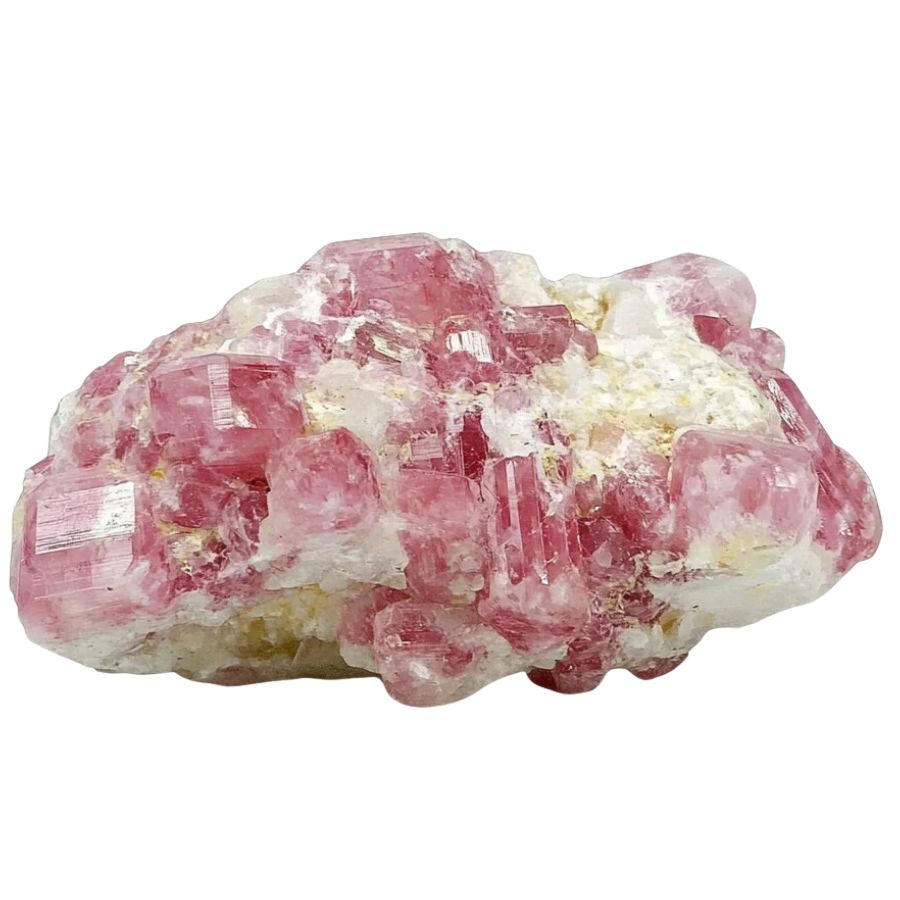
Some rough tourmaline can be slightly transparent. If you hold it up to the light, you might see through it a bit. This transparency can be a good sign that you have tourmaline.
A Quick Request About Collecting
Always Confirm Access and Collection Rules!
Before heading out to any of the locations on our list you need to confirm access requirements and collection rules for both public and private locations directly with the location. We haven’t personally verified every location and the access requirements and collection rules often change without notice.
Many of the locations we mention will not allow collecting but are still great places for those who love to find beautiful rocks and minerals in the wild without keeping them. We also can’t guarantee you will find anything in these locations since they are constantly changing.
Always get updated information directly from the source ahead of time to ensure responsible rockhounding. If you want even more current options it’s always a good idea to contact local rock and mineral clubs and groups
Tips on where to look
Once you get to the places we have listed below there are some things you should keep in mind when you’re searching:
Look for Sedimentary Rocks
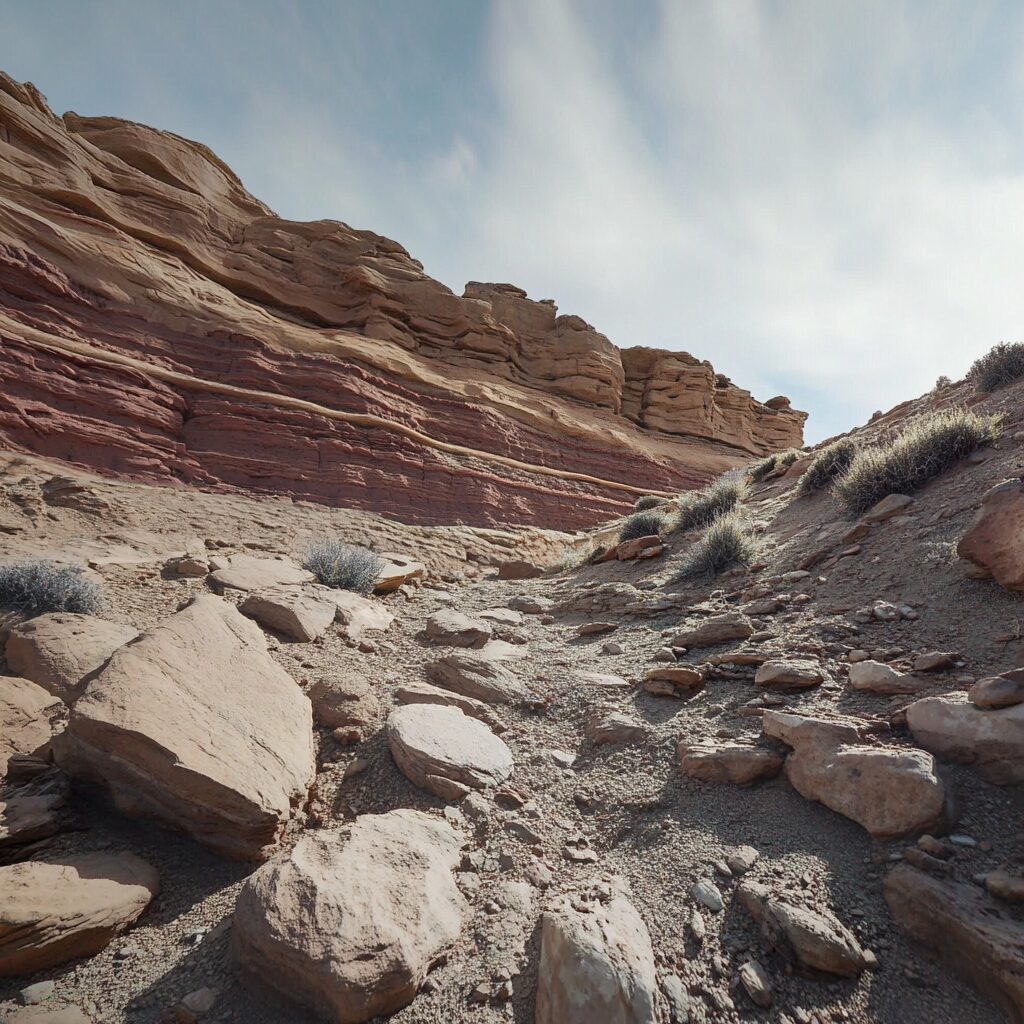
Sedimentary rocks are great places to find tourmaline. These rocks form from layers of sand, mud, and minerals. Over time, minerals like tourmaline can get trapped.
Look in riverbeds or areas where sediment has built up. You might find small pieces or even larger crystals.
Explore Mines
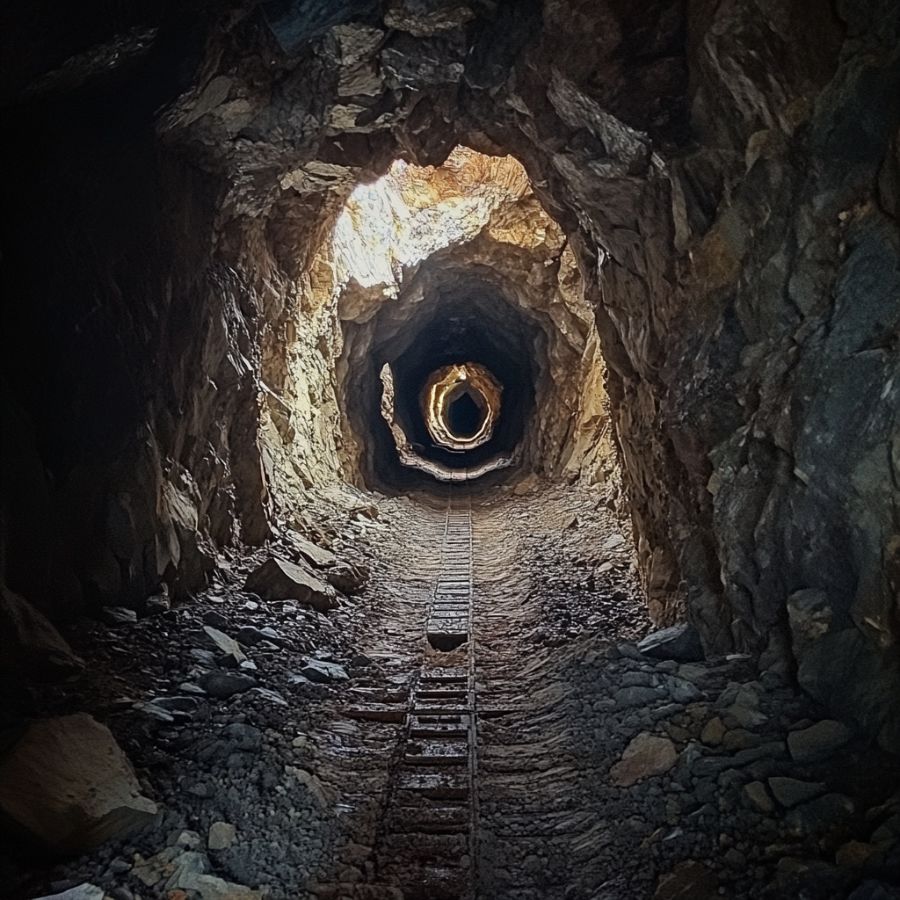
Mines are great spots to find tourmaline. Many mines across the U.S. extract various gemstones, including tourmaline.
Some mines even allow visitors to search for gems themselves. Always check if they have guided tours or special digging days.
Search in Gravel Pits

Gravel pits are often overlooked, but they can be treasure troves. These pits dig deep into the earth, exposing layers of rock.
Tourmaline can be found in the gravel. Just sift through the material carefully.
The Best Places To Find Tourmaline
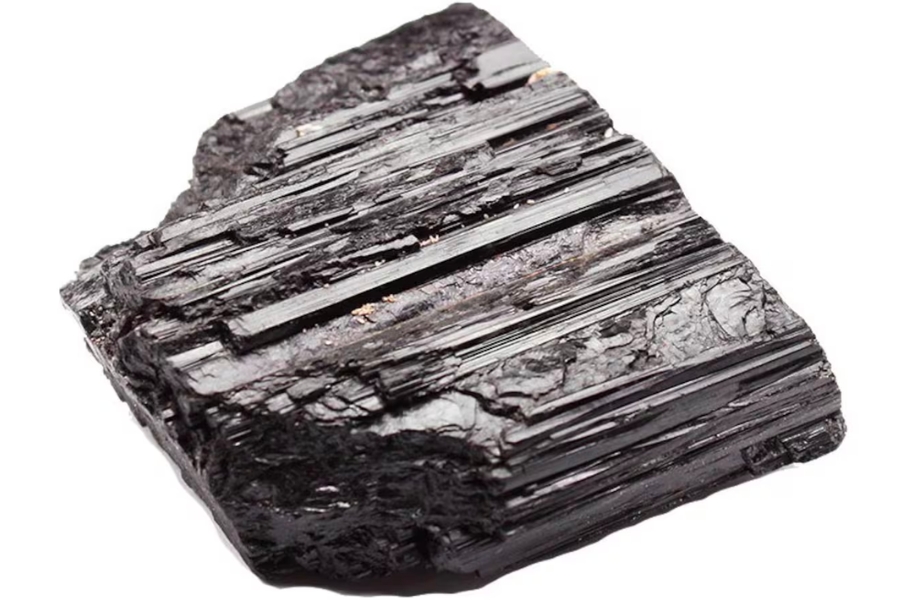
Our state may be small in area, but it has plenty of great gem mines. But if you want to focus on tourmalines, below are the prime places where we had the most success finding them:
Always Confirm Access and Collection Rules!
Before heading out to any of the locations on our list you need to confirm access requirements and collection rules for both public and private locations directly with the location. We haven’t personally verified every location and the access requirements and collection rules often change without notice.
Many of the locations we mention will not allow collecting but are still great places for those who love to find beautiful rocks and minerals in the wild without keeping them. We also can’t guarantee you will find anything in these locations since they are constantly changing.
Always get updated information directly from the source ahead of time to ensure responsible rockhounding. If you want even more current options it’s always a good idea to contact local rock and mineral clubs and groups
Mount Mica
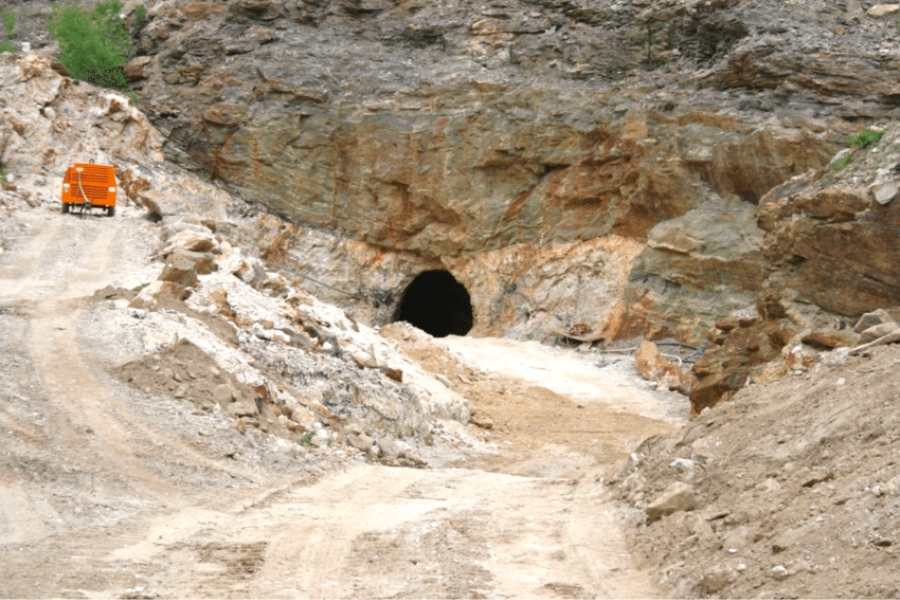
Mount Mica is where tourmaline was first found in the United States back in 1820. That’s right! People have been coming here for over 200 years to find these colorful gems.
It’s nestled in the rolling hills near the town of Paris, with a terrain that’s a mix of rocky areas and soil. It’s famous for its pegmatites, which are rocks that form in the last stages of magma cooling and contain large crystals, including tourmaline. The tourmalines here can be in many colors, from deep greens to bright pinks.
To get to Mount Mica, you can simply drive to Paris. Once you’re here, you may have to hike because the best places to find tourmaline could be off the beaten path. But before exploring, make sure you abide by Maine’s collecting guidelines.
Where we found tourmaline in Mount Mica
You can find tourmaline in the pegmatite deposits of Mount Mica, which are exposed in pegmatites in various open pits and trenches. You can also find tourmaline often embedded in quartz or feldspar, requiring careful extraction.
Plumbago Mountain
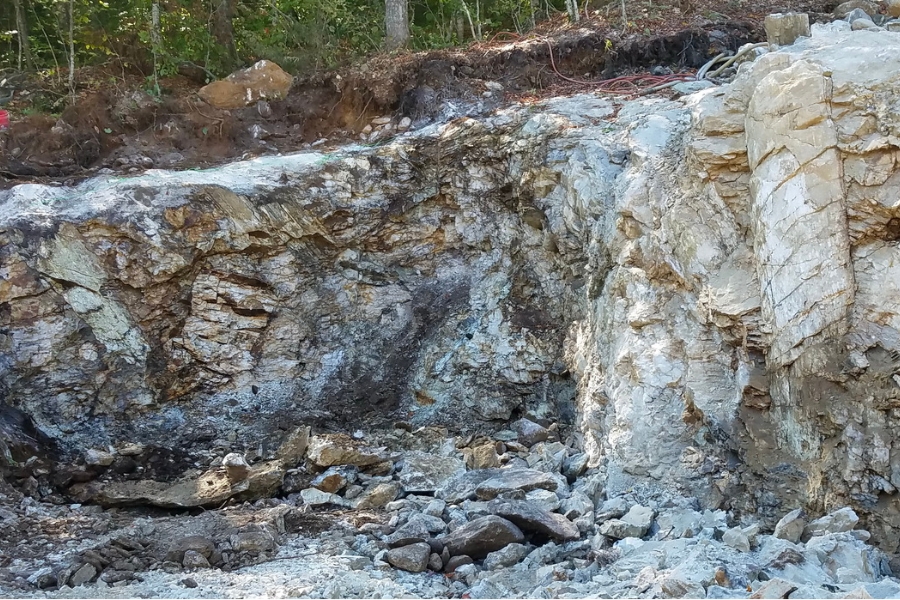
Plumbago Mountain is nestled in the picturesque landscapes of Newry. Its scenery is a mix of beautiful forests and rocky terrain, making your search for tourmaline also visually stunning.
The terrain at Plumbago Mountain offers a variety of spots where you can find tourmaline. You’ll come across areas with exposed bedrock and loose soil, perfect for digging and exploring.
Getting to Plumbago Mountain is pretty straightforward. It’s near the town of Newry, accessible by road. A good map or a GPS will help you find the exact location.
Where we found tourmaline in Plumbago Mountain
You can find tourmaline if you explore the area mines in Plumbago Mountain. You can also search for this crystal at the pit of the Halls Ridge in the area.
Mount Rubellite
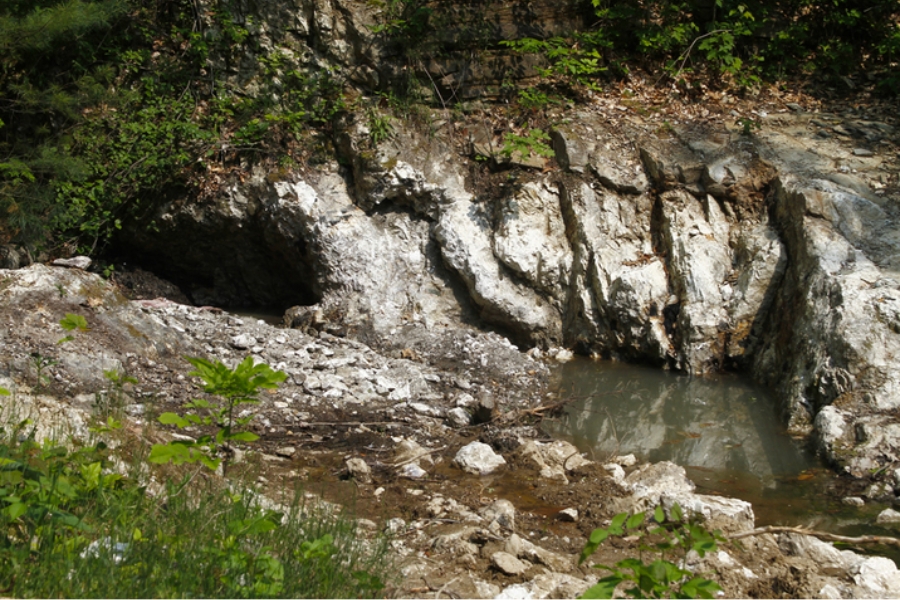
Mount Rubellite is actually named after a variety of tourmaline known for its vibrant red and pink hues. It’s surrounded by the stunning natural beauty of Maine’s landscapes, featuring dense forests and rolling hills.
The terrain here is diverse, with areas of exposed bedrock and soil rich in mineral deposits. Tourmaline from Mount Rubellite is remarkable for its variety of colors, especially rubellite and green ones.
To reach Mount Rubellite, you can drive using a map or GPS. The journey going here is part of the adventure, as the paths are nothing short of scenic.
Where we found tourmaline in Mount Rubellite
To find tourmalines in Mount Rubellite, you can search through the pegmatite outcrops and prospects north of the area.
Cathance River
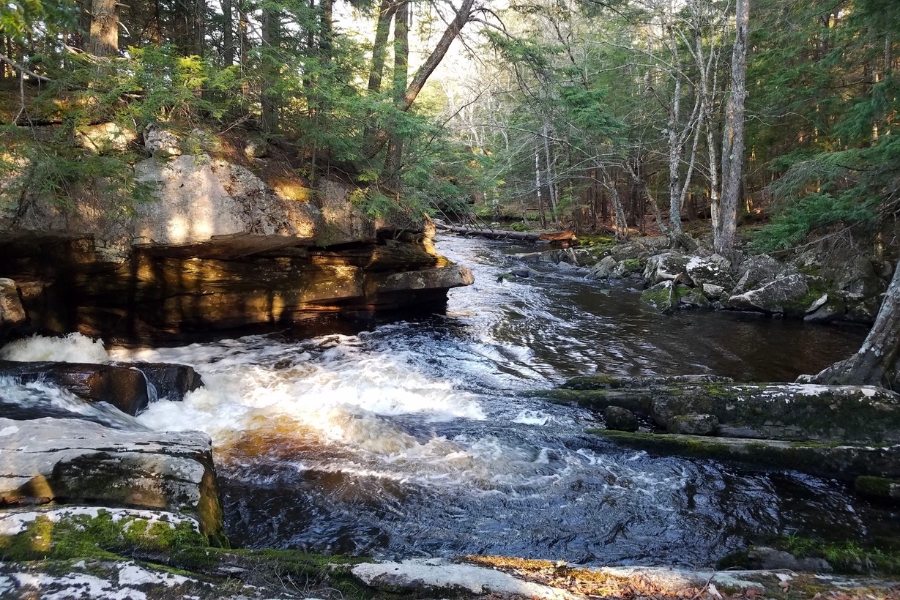
Cathance River flows through the charming town of Topsham. The area around it is a mix of lush forests and rocky banks.
The terrain along the Cathance River is varied, with spots where the river cuts through rock, leaving exposed areas that are ideal for finding minerals. Here, the bedrock and loose stones along the riverbanks are great places to look for tourmaline.
To get to the Cathance River, head towards the town of Topsham. It’s easily reachable by car, and using GPS will help you find the best spots along the river.
Where we found tourmaline in the Cathance River
You can find tourmaline in the area overlooking the Cathance River in the feldspar quarries at Brunswick.
Newry

Newry is a small town surrounded by a picturesque landscape of mountains, forests, and rivers. Its terrain is varied, with everything from gentle hills to rugged mountains and serene river valleys. This diverse landscape offers numerous opportunities to find different kinds of rocks and minerals.
This town is home to the famous Dunton Quarry, a must-visit spot for any rock hunter. This quarry has produced some of the most spectacular tourmaline specimens in the world.
If you want to pay a visit here, your journey will be straightforward. It’s located in Oxford County and is easily accessible by car.
Where we found tourmaline in Newry
You can uncover tourmalines if you explore the area mines of Newry, such as the Dunton Quarry, also known as the Newry Gem Mine, and the Newry Mines, such as the False Mine, Lower Mine, and Nevel Quarry.
Other Great Places To Find Tourmaline
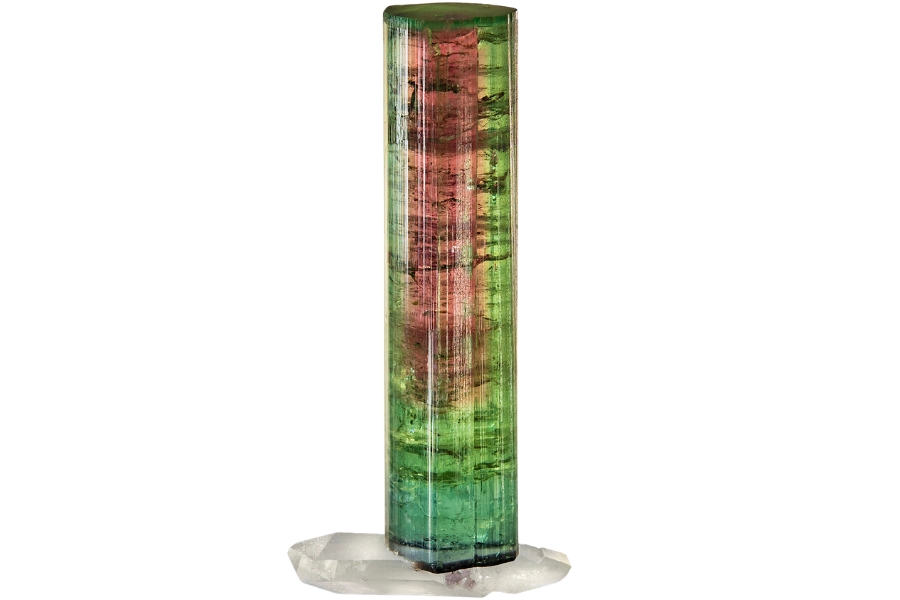
If you’re looking for more prime places to find tourmaline, we have lots more in store for you. We’ve listed them down by county below:
Our recommendations by county
| County | Location |
| Androscoggin | Many area mines in Auburn, such as Androscoggin Tourmaline, Fisher, Hatch Farm, Greenlaw, Keith (Towne), Maine Feldspar, Pulsifer |
| Androscoggin | Bell (Giddings) prospect |
| Androscoggin | La Flamme Mine |
| Androscoggin | Phillips Mine |
| Androscoggin | Sturtevant Mine |
| Androscoggin | Berry Quarry |
| Androscoggin | Mine on Mount Apatite |
| Cumberland | LaChance Quarry |
| Franklin | Hardin-Keith-Small prospect |
| Kennebec | Winslow Tin Mine |
| Knox | Appleton Mine |
| Oxford | Donahue prospect |
| Oxford | Guy Johnson Mine prospect |
| Oxford | Sterns prospect (Hornet Mine) |
| Oxford | Pingree Ledge Quarry |
| Oxford | Peabody Mt. Quarry |
| Oxford | Bumpus Quarry |
| Oxford | J.H. Fletcher Mine |
| Oxford | Exposure near Rout 117 in Buckfield |
| Oxford | Irish (Westinghouse) Mine |
| Oxford | Tiger Bill Mine |
| Oxford | Mud Pond |
| Oxford | Mines in the Greenwood Mining District |
| Oxford | Hibbs Quarries |
| Oxford | Hill No. 4 Quarry |
| Oxford | Rubellite (Cushman) Mine |
| Oxford | Rumford Point |
| Oxford | Tubbs Ledge |
| Oxford | Scribner Ledge Quarry |
| Oxford | Little Singpole Group of mines, such as the Foster Mine, Haveringen Mine, and the Mills Quarry |
| Oxford | Hoopers Ledge (Twitchell Mine |
| Oxford | Mt. Marie Mine |
| Oxford | Perham Mine |
| Oxford | Whitecap Mountain |
| Oxford | Elliot Mine |
| Oxford | Willis Warren Quarry |
| Oxford | Scribner Mine |
| Sagadahoc | Combs Quarry |
| Sagadahoc | Ordway mines |
| Sagadahoc | Moffatt mines |
| Sagadahoc | McKay Farm prospect |
| Sagadahoc | Rogers Mine |
| Sagadahoc | Thomas Quarry |
| Sagadahoc | Willes Feldspar Quarry |
| Sagadahoc | Fisher Quarry |
| Sagadahoc | Numerous area quarries in Topsham |
| Sagadahoc | Square Pit Quarry |
| Sagadahoc | Davis Mine |
| Sagadahoc | Trott Cove Mine |
Laws about collecting tourmaline
Collecting tourmaline is generally legal in our state, but it depends on where you are and whose property you’re on.
If you’re on private land, you need the landowner’s permission. Remember, much of the land where tourmaline is found here is privately owned. On public lands, such as state parks, collecting is often restricted or prohibited to protect natural resources.
In commercial quarries, like the ones in Newry, you can collect tourmaline for a fee, and they provide a legal and safe way to hunt for gems. Always check the rules and regulations of the area you’re planning to visit. For more guidance, check with the Maine Department of Agriculture, Conservation, and Forestry (DACF).
The Best Places To Buy Tourmaline
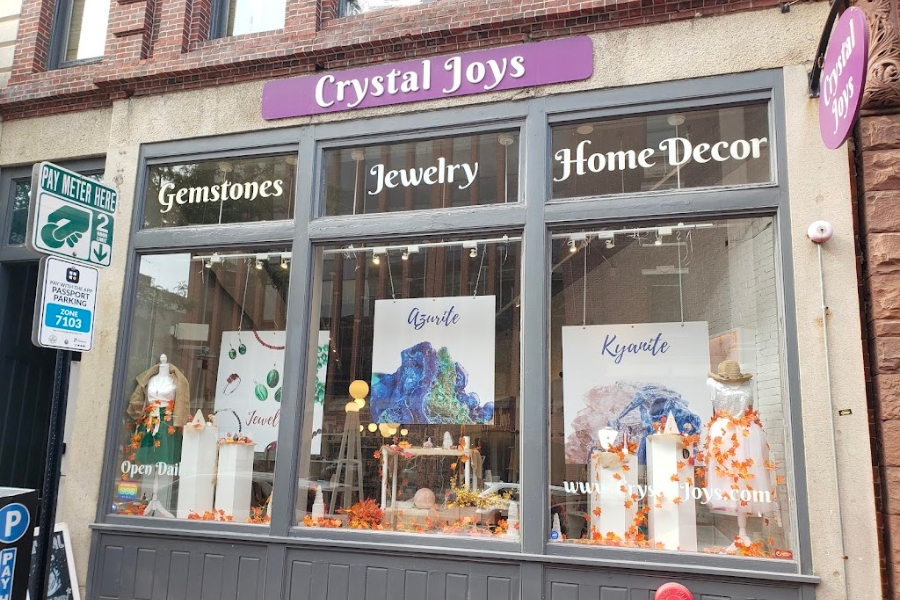
If you prefer a more laidback way of finding and probably taking home a tourmaline, you can visit our local crystal shops. Some of our favorites are:
- Crystal Joys – 191 Middle St, Portland, ME 04101
- Lavish Earth – 15 Holly St, Scarborough, ME 04074
- Leapin’ Lizards Bridge2Heaven – 364 Maine Mall Rd, South Portland, ME 04106
- Northern Maine Minerals, LLC – 16 Pritham Ave, Greenville, ME 04441
- The Raven Collections – 406 Main St, Norway, ME 04268


